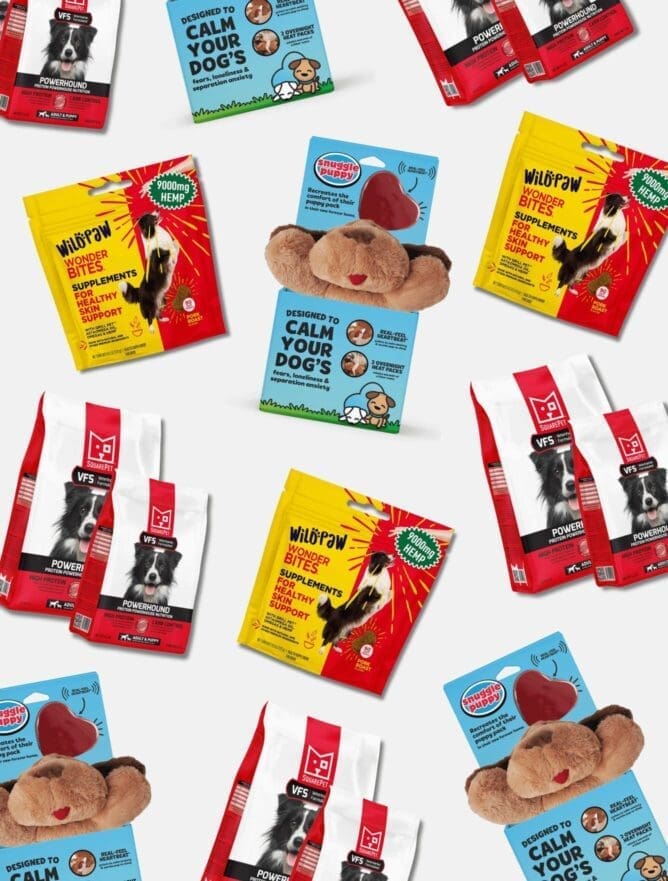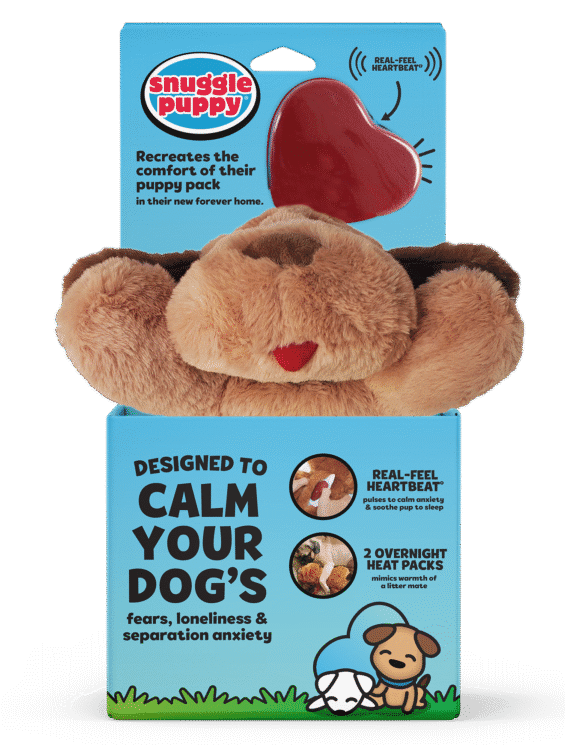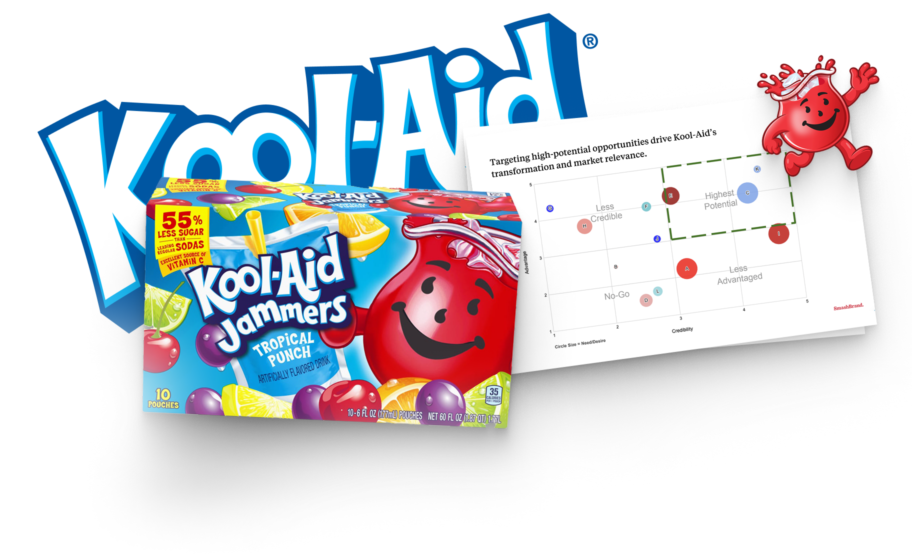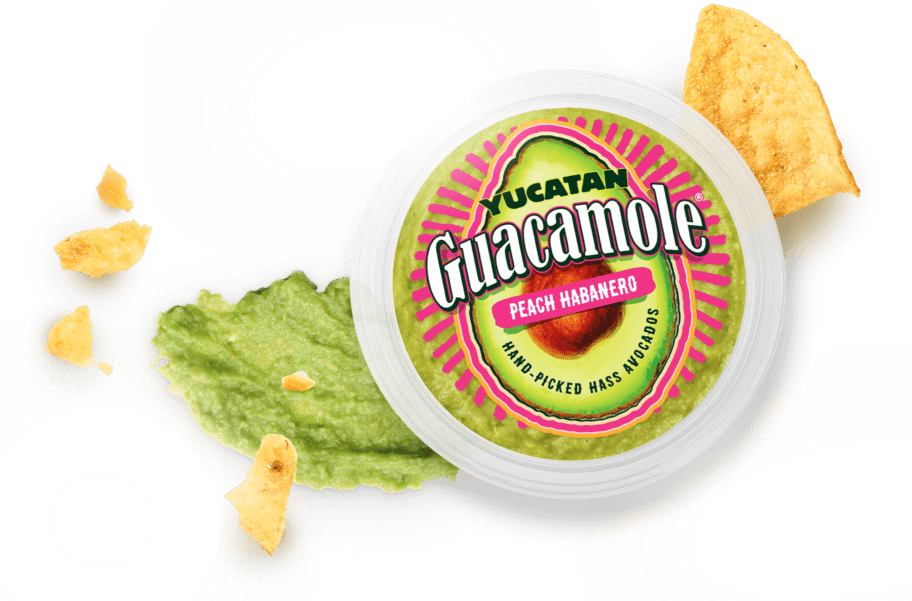Before a pet owner can read a signal ingredient, the pet care product packaging design has already won or lost the battle for attention. Packaging in the pet care industry demands more than shelf appeal. It must communicate clarity, trust, and function, whether it’s a crunchy kibble bag or a soothing supplement pouch. Pet owners expect flexible packaging that keeps food fresh, labels that highlight vet-recommended formulas, and pet care packaging designs that reflect the use of premium ingredients.
In this article, we’ll guide you through a four-phase roadmap: Positioning, Copy, Design, and Testing, rooted in data-driven insight and radical empathy for the pet care market. You’ll discover how to define precise brand positioning, craft benefit-led copy, prototype standout visuals, and validate every decision with real pet owners. By the end, you’ll have a performance-guaranteed process to transform any pet care product packaging into a growth engine that delights pets and their people.
Understanding how the pet care product packaging works.
Effective pet care product packaging begins with a clear, purpose-driven design that protects the product, communicates its benefits, and delights the pet owners. Whether it’s a crunchy kibble bag or a vitamin-packed pouch, every pet product demands the right packaging solution to maintain freshness, ensure safety, and reinforce brand trust.
For pet food, barrier-grade films and flexible packaging pouches are often the go-to packaging solution. These pouches combine lightweight convenience with high-barrier properties that lock in aroma and prevent moisture intrusion, key priorities in pet food packaging. Resealable zippers or tear-notches allow pet owners to portion out meals without compromising the rest of the bag, turning a basic food bag into a performance-driven packaging solution.
In the pet supplements category, dosage accuracy and product integrity are paramount. Blister packs, dropper bottles, or single-serve sachets deliver precise servings, and the right packaging design ensures each dose maintains potency. These packaging solutions must also include child-resistant closures and labeling, allowing pet owners to administer vitamins and joint-support chews with confidence.
Pet care packaging design process.
Developing standout pet care packaging is a strategic journey; each phase builds on the last to ensure your final design delights pets, empowers pet parents, and drives measurable business results. Below is the four-step process that turns consumer insight into shelf-ready success.
Insight and empathy mapping.
Begin by stepping into the shoes of pet parents. Conduct shop-alongs, in-home interviews, and diary studies to uncover the unspoken moments of frustration. Map out emotional highs and lows: the relief when a litter clumps perfectly, the pride in offering a vet-recommended treat. These insights reveal true priorities, whether it’s clarity on ingredient lists, ergonomic pour spouts, or eco-friendly credentials, that guide every design decision.
Concept development and prototyping.
Armed with real-world empathy, brainstorm a spectrum of packaging possibilities from flexible pouches with one-handed tear notches to modular boxes that stack neatly on a shelf. Move fast: sketch key layouts, build digital comps, then craft low-fidelity mock-ups. Each prototype tests a single variable, such as color palette, closure style, or imagery placement, so you can identify the “high-reward” changes without overhauling the entire concept.
Consumer validation.
Present your leading prototypes in controlled online monadic tests or in-store shelf simulations. Track attention, comprehension, and purchase intent; listen for language or visuals that confuse and celebrate elements that resonate. Layer in qualitative feedback to understand “why” and then refine call-outs, type sizes, or material finishes until your design meets both emotional and functional benchmarks.
Cross-functional alignment.
A great package must be more than eye-catching; it has to ship, stand up, and scale. From day one, include marketing (brand voice, claims), R&D (formulations, ingredient stability), supply chain (material availability, cost), sustainability (eco-goals, recyclability), and legal and compliance. Host alignment workshops where each team flags potential hurdles, such as heat-sensitive seals, fluctuating raw material prices, or on-pack certification requirements, so your concept is fully executable.
Core purchase drivers in pet care product packaging.
Before diving into specifics, it’s essential to view packaging design as the bridge between a product’s promise and the moment a pet parent picks it up. Whether you’re designing flexible packaging for kibble, reimagining a dog food bag or cat food can, or creating a pouch for pet supplements, choosing the right packaging material and structure can elevate a pet care product above the noise.
In the pet care industry, a clear and compelling packaging option can be the difference between a sale and a pass. By focusing on the core purchase drivers, from instant clarity to emotional resonance, brands ensure that each piece of pet packaging meets both the functional needs and the deeply held values of pet parents.
Clarity and problem-solving efficacy.
Pet parents are generally quite conscious about what they choose for their furry friends. If the pet care product packaging conveys what the product does and how it solves the problem, they are more likely to buy it. When designing new pet care product packaging, your design must instantly answer two questions: What is this? And how will it help my pet?
A simple label for a new dog food bag paired with a bold benefit call-out, such as “Supports Healthy Joints” or “Reduces Anxiety,” cuts through the noise. Complement that copy with intuitive icons or infographics printed on durable packaging material to illustrate serving size or dosage at a glance.
Avoid jargon and vague terms like “active blend” or “pro-strength,” which force pet parents to pause and decode your message. Instead, choose the right packaging option, from flexible pouches to resealable bags, and use clear, plain language to make your pet care product an effortless choice.
Visual impact and standout.
When paired with bold graphic elements, such as a chevron band in your signature blue or a high-saturation accent behind your logo, a simple stand-up pouch can stand out from the sea of neutral bags at pet food aisles. High-contrast treatments ensure your message remains legible on any packaging material. By addressing real-world conditions inherent to pet ownership, the high-contrast blocking ensures that the right bag of treats or pet shampoo is easily visible.
Consistency is crucial to building shelf presence over time, but an occasional burst of novelty (what we call shelf sparkle) keeps shoppers engaged. A limited-edition pattern on your recyclable packaging or a metallic foil trim on your next pet shampoo label can generate extra stops from pet parents already familiar with your core lineup.
At the same time, a cohesive visual language across your pet food products reinforces your brand’s authority. For established pet food manufacturers and emerging brands alike, striking this balance between recognizable branding and on-shelf surprise is the key to winning repeat purchases and building lasting loyalty among pet owners.
Trust and scientific/medical credibility.
For a pet care product company, packaging must convey the same level of trust as a veterinarian’s recommendation. Vet-backed seals (e.g., vet-formulated) and simple scientific call-outs (e.g., triple lab-tested) give pet parents confidence that each scoop of the pet treats is formulated with their furry friend’s well-being in mind.
Clear, front-of-pack ingredient lists paired with transparent windows help showcase a real piece of kibble or crunchy bites, reinforcing product freshness and reducing skepticism. Drawing on healthcare packaging principles (such as ample white space, straightforward iconography, and legible typography) elevates the design above generic plastic sacks.
Incorporating high-quality printing techniques conveys a premium positioning without being overt. By aligning their materials with the pet sustainability coalition’s guidelines, brands demonstrate genuine care for the planet. These tactics, now leading packaging design trends, ensure every piece of animal packaging design feels credible, clear, and worthy of a repeat purchase.
Emotional connection and pet-centric design.
Nothing forges a deeper bond than seeing a happy pup or contented kitty in a real-life moment. By incorporating lifestyle imagery, such as a dog and owner playing fetch in the park or a cat curled up in a sunlit corner, into your product packaging design, you tap directly into the emotional heartstrings of pet parents.
Even on a simple stand-up pouch, a candid photo of a furry friend mid-snuggle can outperform generic stock shots, turning food packaging design into a relatable story. This kind of authentic imagery signals that your pet care brand truly understands the daily joys and challenges of pet ownership, making every glance at the shelf feel like a warm invitation rather than a sales pitch.
In DTC packaging design, where unboxing is part of the experience, a heartfelt “Thanks for choosing us to care for your companion!” printed on the inside flap can transform a plain box into a memorable moment. Strategic white space in packaging design helps that message breathe, avoiding clutter and letting the sentiment stand out.
And if you’re exploring box packaging design ideas, consider a subtle paw-print pattern on the interior or a brief story about your brand’s rescue roots. By combining evocative imagery with a warm, authentic voice, your pet brand not only showcases its products but also celebrates the unique partnership between every pet and its person.
Value and premium positioning.
Your pet care product packaging must do two things: delineate different price tiers and create a hierarchy of messages that makes a higher price feel justified.
Packaging Formats for Tiers & Bundles
- Multi-Size Offerings: A large, economy stand-up pouch or bulk bag can signal value, while smaller single-serve sachets or premium mini-jars communicate a higher price per use.
- Structural Packaging Design: Tiered boxes help customers instantly distinguish between standard and deluxe lines.
- Bundle Kits: Grouping complementary items (e.g., a trial pack of pet shampoo plus a sample of pet treats) in a sleek, modular tray or pouch encourages upsells while reinforcing a premium experience.
- Innovative Packaging Design: Incorporate gift-style elements, such as magnetic closures or die-cut windows, into your top-of-the-range offerings to create an unboxing experience worthy of a higher price tag.
Messaging Hierarchy to Justify Premium
- Lead with Your Hero Benefit: Use bold, modern typography at the top of the pack to call out your flagship claim.
- Secondary Support Copy: Below the hero, include a concise ingredient spotlight or a process note.
- Tertiary Details: Reserve fine print for instructions or certifications. A backdrop of subtle, vintage packaging design cues can evoke heritage while highlighting eco-friendly packaging design badges reinforces contemporary values.
- Structural & Visual Cues: Premium finishes against a backdrop of generous white space in the packaging design guide the eye from the most critical callouts down to the finer points, making each element feel deliberate and worth the investment.
Common pitfalls to avoid in pet care packaging.
Even the best products can stumble on the shelf if packaging falls victim to basic design missteps. By proactively addressing common pitfalls, such as cluttered layouts, inconsistent branding, unclear messaging, and real-world retail or shipping constraints, you’ll transform your packaging into a performance engine rather than a liability.
Clutter and overload.
Front-of-pack is real estate you can’t waste. When every color, icon, and tagline competes for attention, none of them wins. Identify the single most compelling promise, be it odor-control clumping or vet-formulated calm chews, and give it prime real estate. Move secondary details (complete ingredient list, detailed usage tips, certifications) to the back or side panels. This keeps the hero message clean while still delivering depth for shoppers who dig deeper.
Inconsistent brand blocking.
Consumers scan entire aisles at a glance; if your line looks like a mismatched puzzle, they’ll struggle to find you next time. Maintain a consistent color palette, logo placement, and typography across all variants. Equip design and marketing teams with clear templates that define exact color values, allowable fonts, and image treatments so every new flavor or size “feels” like part of the same family.
Ambiguous messaging.
Vague phrases like “active hydration” or enigmatic flavor names, such as “charged cherry,” often force pet parents to pause and move on. Review every term for instant clarity. Replace “active” with “rapid hydration” or “charged” with “energizing. Ensure the brand name, headline, and subhead don’t work at cross purposes. If your product name suggests “30-Second Relief,” don’t follow it with a promise that it “works in minutes.”
Retail and logistics constraints.
A package that looks gorgeous on your screen may flop once it hits crowded shelves or bounces down the loading dock. Prototype for a three-unit facings set up so that a lone pack still pops and a row of three reinforces your brand block. Select materials and closures (tear-resistant films, sturdy zippers) that survive drop tests and keep product integrity intact in transit.

Nice Package
Don’t miss out on our monthly newsletter Nice Package!
Each month, we deliver a data-driven newsletter directly to your inbox, unpacking a critical topic in the FMCG & CPG industry.
"*" indicates required fields
Subscribe to
Nice Package.
SmashBrand’s Nice Package: Stay current with our latest insights
Free Resource.

CPG product repositioning guide.
Explore the five undeniable signs your CPG product needs repositioning along with strategies for leveraging consumer insights for a guaranteed market lift.
Download Whitepaper About CPG product repositioning guide.



